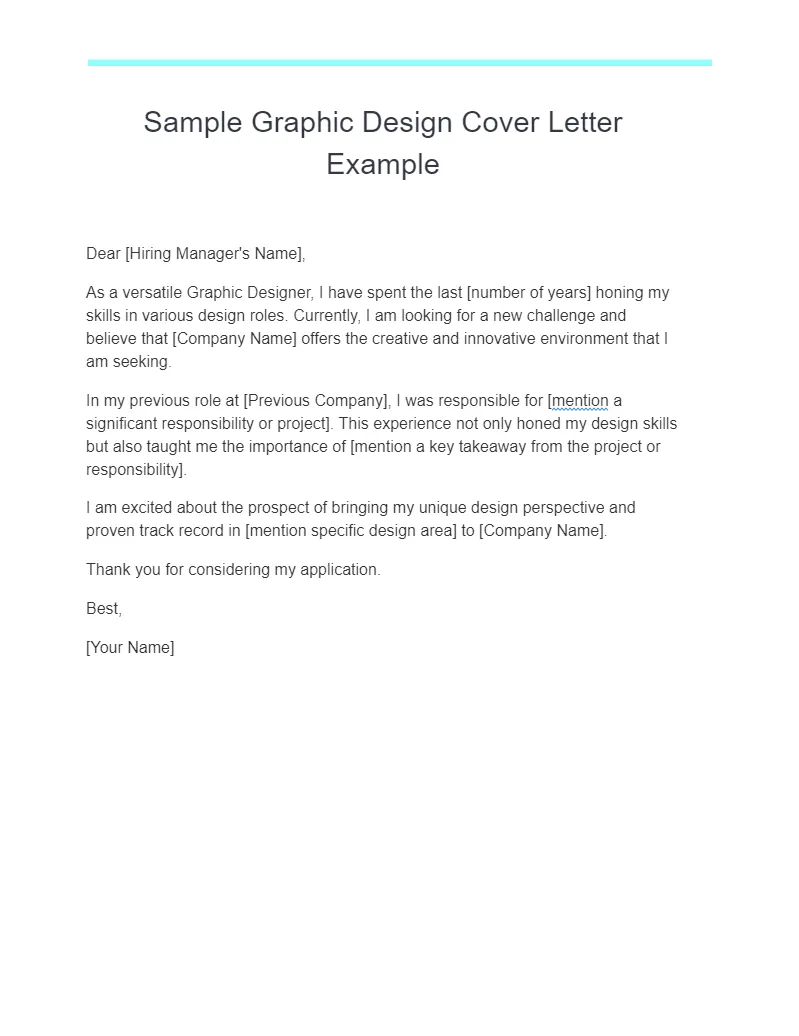Understanding the Importance of a Graphic Design Cover Letter
In the competitive world of graphic design, a well-crafted cover letter is your first opportunity to make a lasting impression. It’s more than just a formality; it’s a crucial tool to showcase your personality, passion, and suitability for a specific role. A cover letter allows you to elaborate on your resume, providing context and demonstrating why you’re the ideal candidate. It gives you a chance to speak directly to the hiring manager, setting the tone for your application and significantly increasing your chances of landing an interview. Failing to include a cover letter, or submitting a poorly written one, can be a costly mistake, potentially leading to your application being overlooked entirely. Take the time to carefully construct a compelling letter that highlights your skills and enthusiasm for the position.
Why a Cover Letter Matters
A cover letter allows you to present yourself as a well-rounded individual rather than just a list of qualifications. It offers the opportunity to bridge any gaps or address any concerns the hiring manager might have after reviewing your resume. Many graphic design roles demand creativity and communication skills, and a cover letter provides the perfect platform to display these. It’s where you can discuss your design philosophy, your inspiration, and how you approach projects. This level of detail cannot always be fully expressed within a resume. A strong cover letter is an early indicator of your ability to communicate professionally and persuasively, traits essential in the graphic design field.
The Role of a Cover Letter in Your Job Application
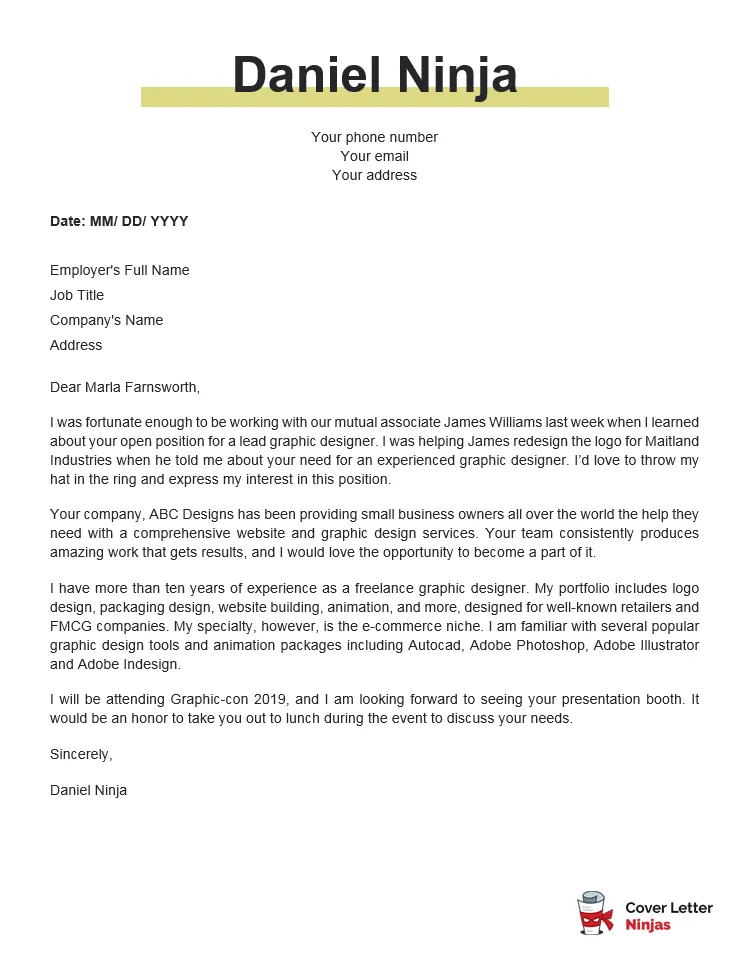
Your cover letter acts as a personal introduction, setting you apart from other applicants. It lets you demonstrate that you’ve taken the time to learn about the company and its needs. It is an opportunity to demonstrate how your skills and experience align with the specific requirements of the role. It also acts as a communication tool, allowing you to show off your ability to express yourself in a written format, which is crucial for client communication, project proposals, and other aspects of a graphic designer’s role. Furthermore, it is your chance to establish a professional tone, making it more likely that your application will be considered thoughtfully.
Key Components of a Graphic Design Cover Letter
A well-structured cover letter should follow a standard format, though there’s room for individual flair. The basic components ensure you convey the necessary information in a concise and professional manner. Each element should contribute to telling your story and making you a more attractive candidate for the role. By covering these components, you make certain your cover letter is clear, informative, and grabs the attention of the hiring manager.
Your Contact Information and the Date
Start with your contact information (name, phone number, email address, and LinkedIn profile URL) at the top. Ensure your email address is professional. Follow with the date, which is the day you are sending the letter. Proper formatting creates a professional feel and makes it easy for the hiring manager to contact you. Make certain that your contact information is complete, current, and free of any errors, as an error could easily lead to you missing out on the job.
Addressing the Hiring Manager
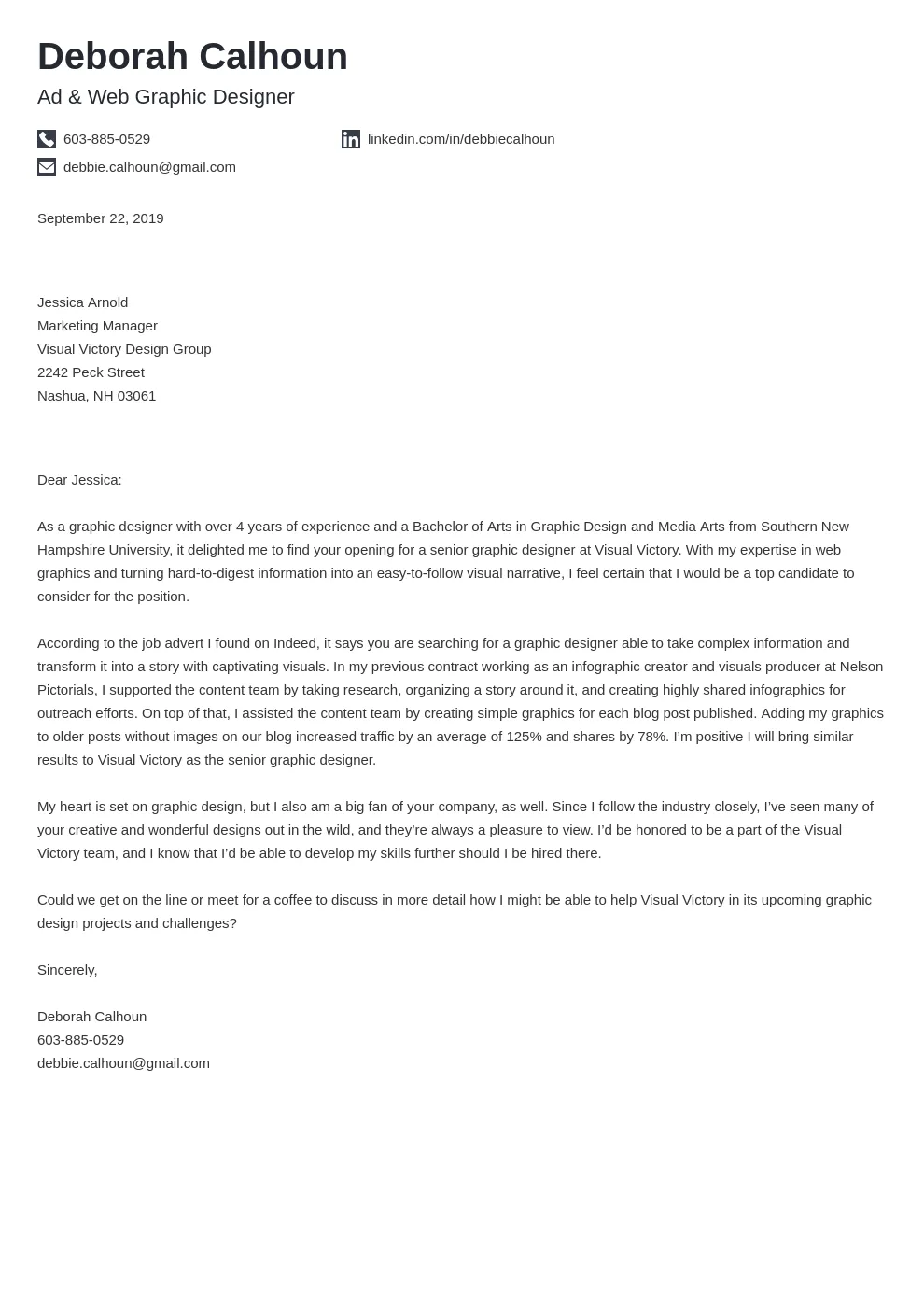
Whenever possible, address the cover letter to a specific person. This shows that you’ve taken the time to research the company and shows a level of attention to detail. If you cannot find the hiring manager’s name, use a professional salutation such as “Dear Hiring Manager” or “Dear [Department Name] Team.” Avoid generic greetings like “To Whom It May Concern” as they can seem impersonal. Find the hiring manager’s name through the company’s website, LinkedIn, or by calling the company.
The Opening Paragraph Grab Attention
The opening paragraph is your chance to capture the reader’s interest and make a strong first impression. Start with a brief statement that identifies the position you’re applying for and where you saw the job posting. Then, include a compelling sentence or two that highlights your enthusiasm for the role and the company. You might mention a specific project you admire, a relevant skill you possess, or a unique perspective you bring. Be concise and make sure to indicate how your skills or passions relate to the company and the position you’re applying for. This opening should immediately tell the reader why they should continue reading.
Highlighting Your Skills and Experience
The body of your cover letter is where you demonstrate how your skills and experience align with the job requirements. Focus on the most relevant aspects of your design portfolio and past roles. Don’t simply restate your resume; expand upon your experience with examples and accomplishments. Show how your skills make you a strong candidate. Use the job description to guide your focus, and provide specific examples of projects or experiences that showcase your design capabilities and how you have contributed to the success of prior projects.
Showcasing Your Design Skills
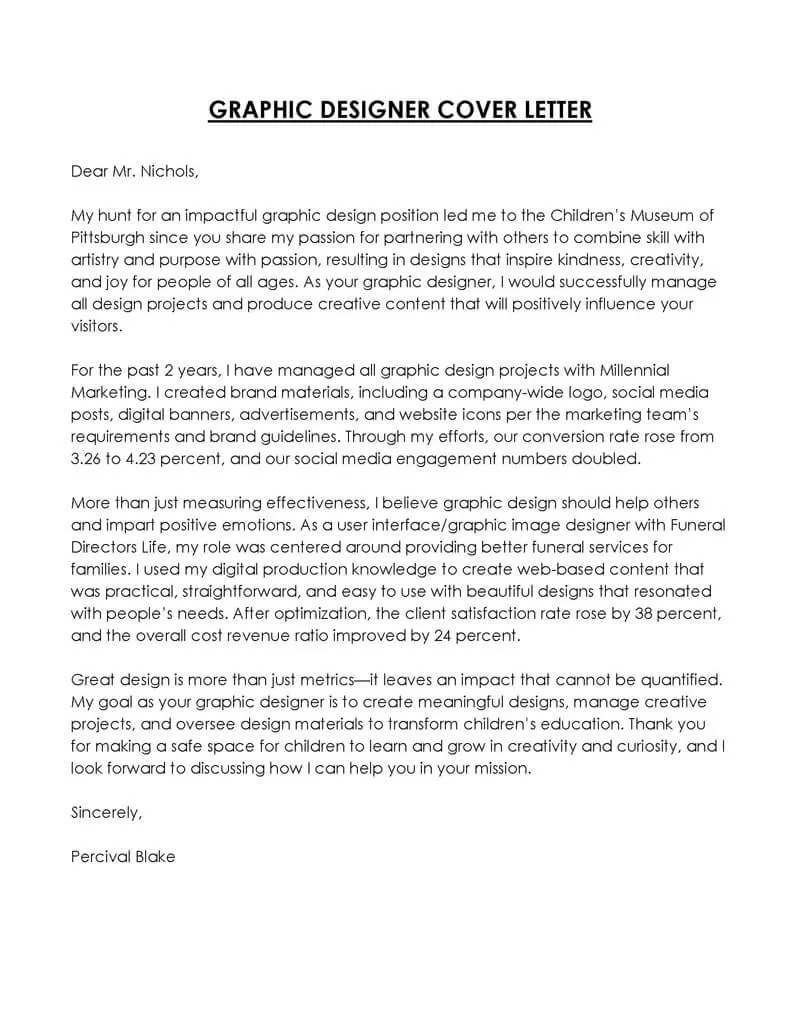
Describe your technical skills (e.g., Adobe Creative Suite, Sketch, Figma), design principles (typography, color theory, layout), and any specialized skills. Discuss your process – how you approach projects, solve problems, and collaborate with others. Consider including a link to your online portfolio, Behance, or Dribbble profile to showcase your best work. Your cover letter needs to be a strong representation of your creative talents.
Quantifying Your Achievements
Whenever possible, quantify your achievements with data and results. Use numbers to demonstrate the impact of your work. For instance, instead of saying “Improved website design,” state “Increased website conversion rates by 20% through strategic design changes.” This gives the hiring manager concrete evidence of your abilities and value. Provide concrete data to back up your claims. It is important to highlight the impact of your work to show your potential value to the company.
Demonstrating Your Understanding of the Company
Show the hiring manager that you’ve done your research and are genuinely interested in the company and the role. This includes mentioning specific projects, clients, or values that resonate with you. The more personalized your cover letter, the better, as it shows you are sincerely interested in the position. You are essentially conveying that you see yourself as more than just an applicant. You are conveying that you understand the company’s mission and how you can become a contributing member of the team.
Researching the Company and the Role
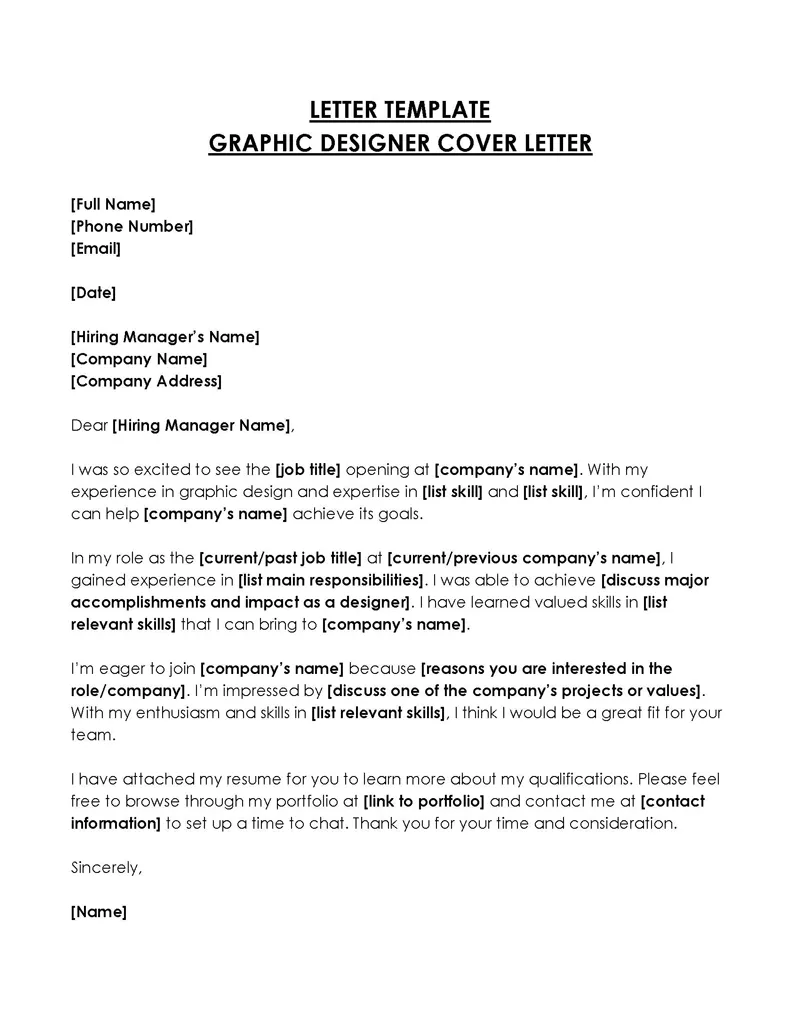
Before you begin writing, carefully review the job description. Understand what skills and qualities the company is looking for. Visit the company’s website, browse their social media profiles, and look for news articles or interviews about the company. Research their clients, their brand, and their current projects. Tailor your cover letter to address the specific needs and values of the company you are applying to.
Tailoring Your Cover Letter
Every cover letter should be customized to the specific job you’re applying for. Avoid using a generic template. Customize your letter to match the company’s brand voice. Use keywords from the job description. Highlight the skills and experiences that are most relevant to the position. Make sure to avoid sounding too generic, and always ensure your letter is relevant to the specific job and company to which you are applying.
The Closing Paragraph and Call to Action
Conclude your cover letter with a strong closing paragraph. Reiterate your interest in the position and summarize your qualifications. Express your enthusiasm for the opportunity and your desire to learn more about the role. Thank the hiring manager for their time and consideration. Include a clear call to action – for example, “I am eager to discuss my qualifications in an interview” or “I look forward to hearing from you soon.” This encourages the reader to take the next step.
Expressing Your Enthusiasm and Availability
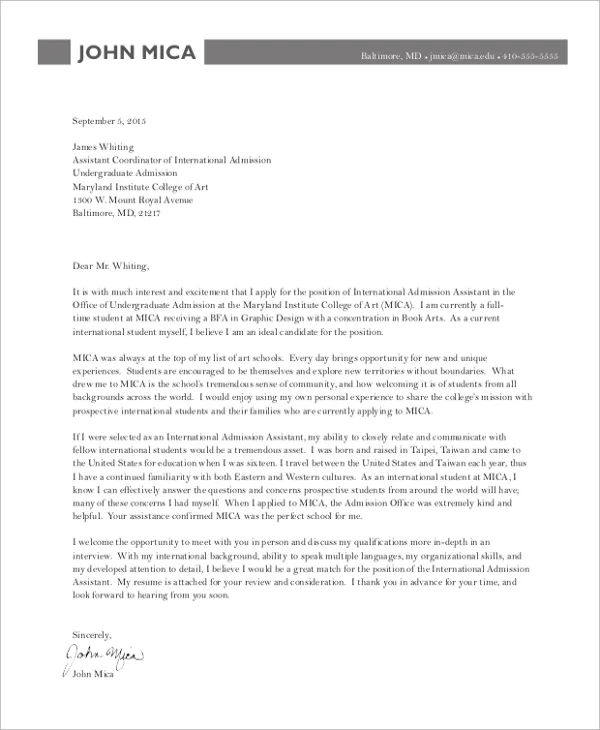
End your cover letter by reiterating your enthusiasm for the position and company. State your availability for an interview. Make it easy for the hiring manager to contact you by restating your contact information. Keep your tone professional and positive. This final statement will leave a positive impression and show your commitment to securing the job.
Proofreading and Formatting Tips
The presentation of your cover letter is as important as its content. Poor formatting and errors can undermine your application. Always take the time to proofread carefully. Ensure a professional appearance by following these formatting tips. You want the hiring manager to focus on your skills and experiences, not on typos or a poorly structured layout.
Ensuring a Professional Presentation
Use a clean, readable font like Arial, Calibri, or Times New Roman. Maintain consistent formatting throughout the document. Use single spacing within paragraphs and double spacing between paragraphs. Keep your cover letter concise; aim for one page. Use clear headings and bullet points to break up the text. Make sure to save your document in a professional format, like PDF, before submitting your application.
Proofreading for Errors
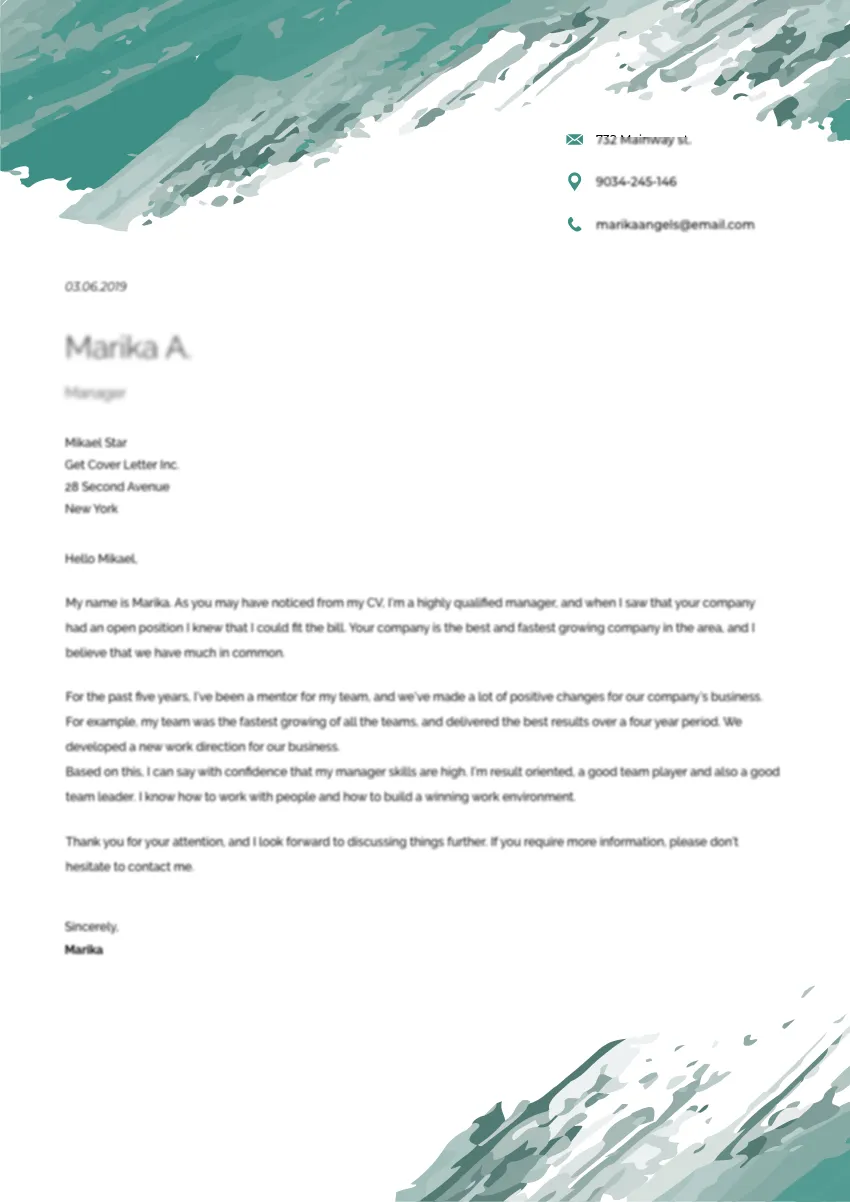
Carefully proofread your cover letter for grammar, spelling, and punctuation errors. Read it aloud to catch any awkward phrasing or sentence structure. Ask a friend or colleague to review your letter for a second opinion. Proofreading shows attention to detail, which is crucial in graphic design. Double-check names, dates, and company information. Even the smallest error can create a negative impression. Make it a habit to review your cover letter multiple times before submitting it.
